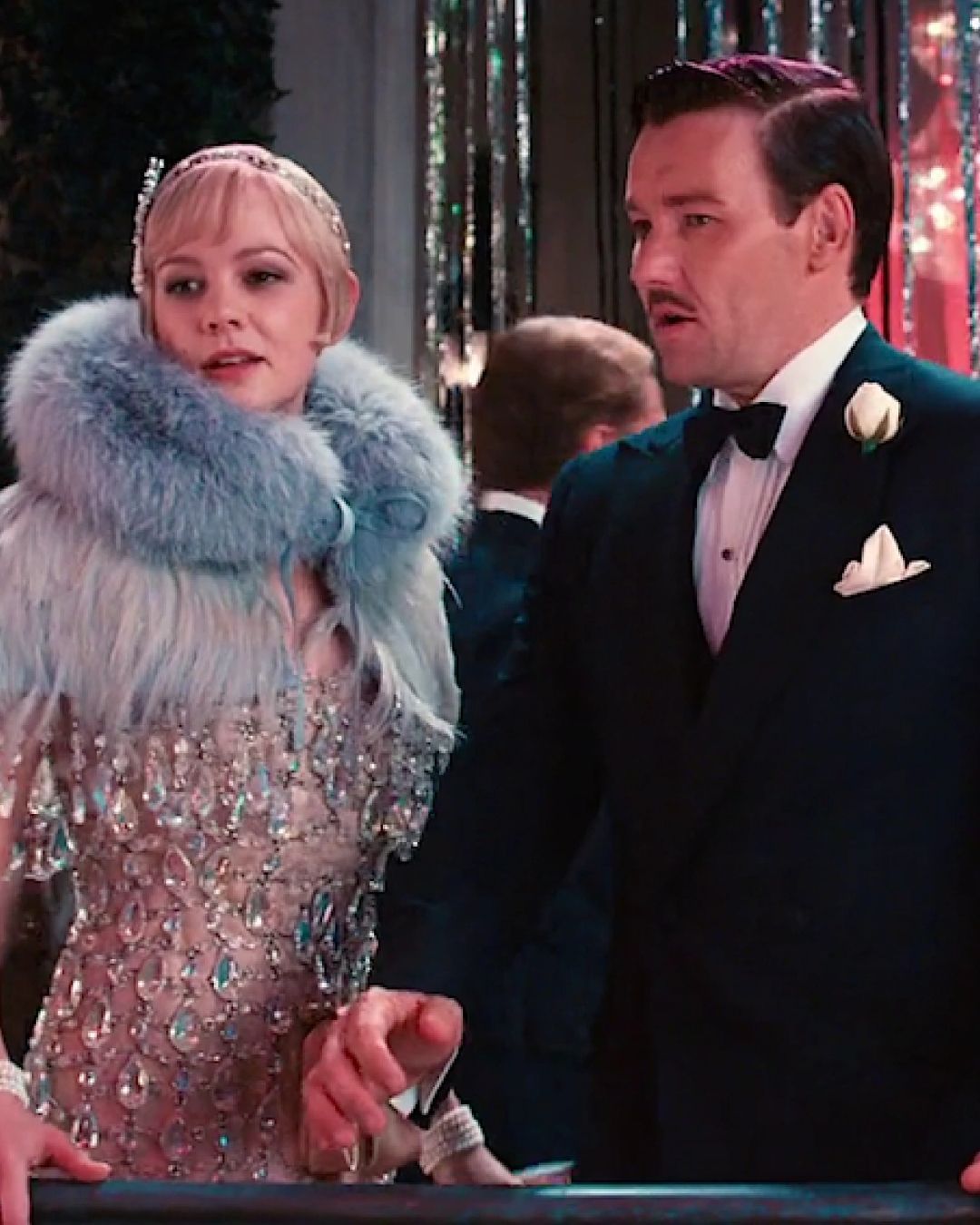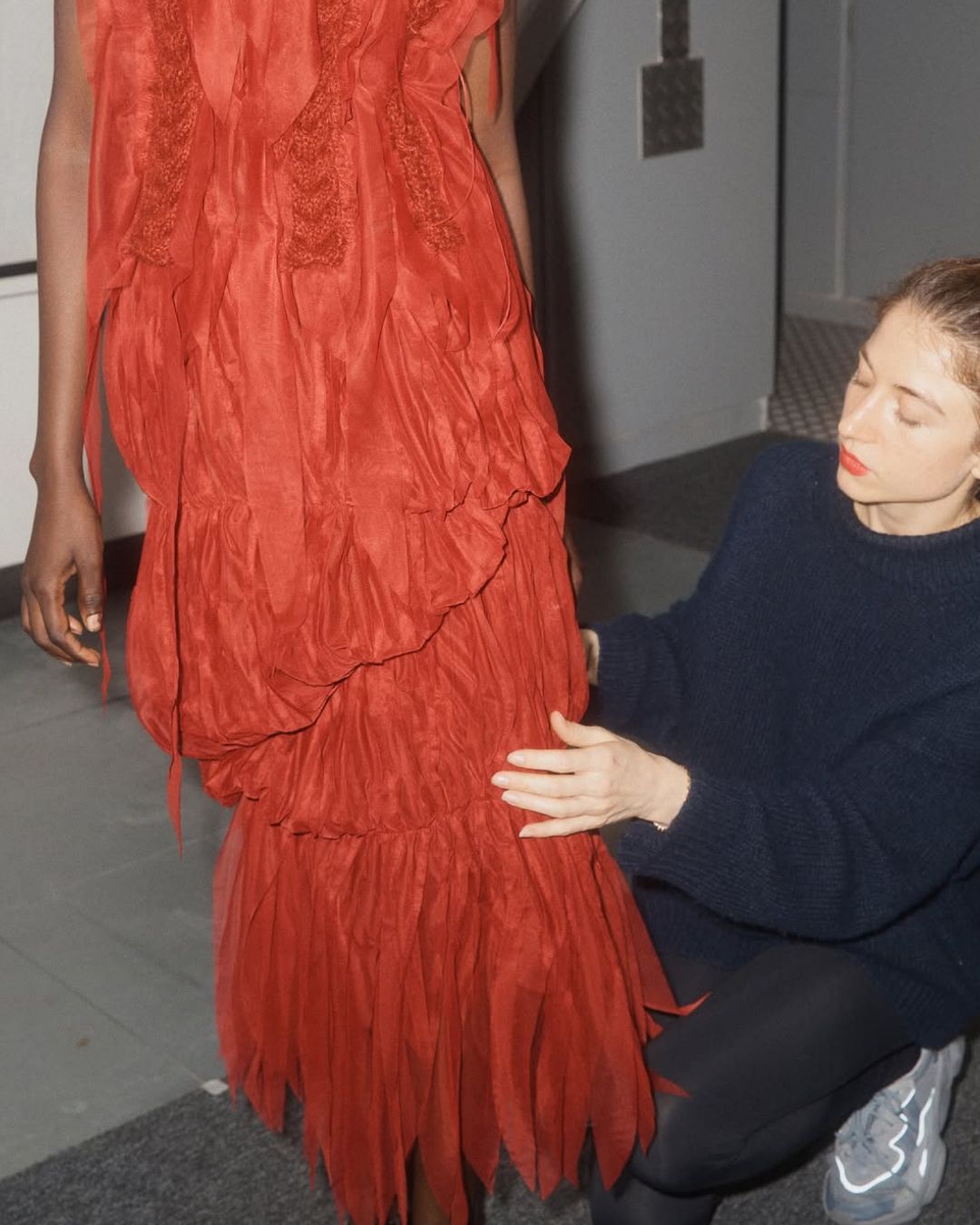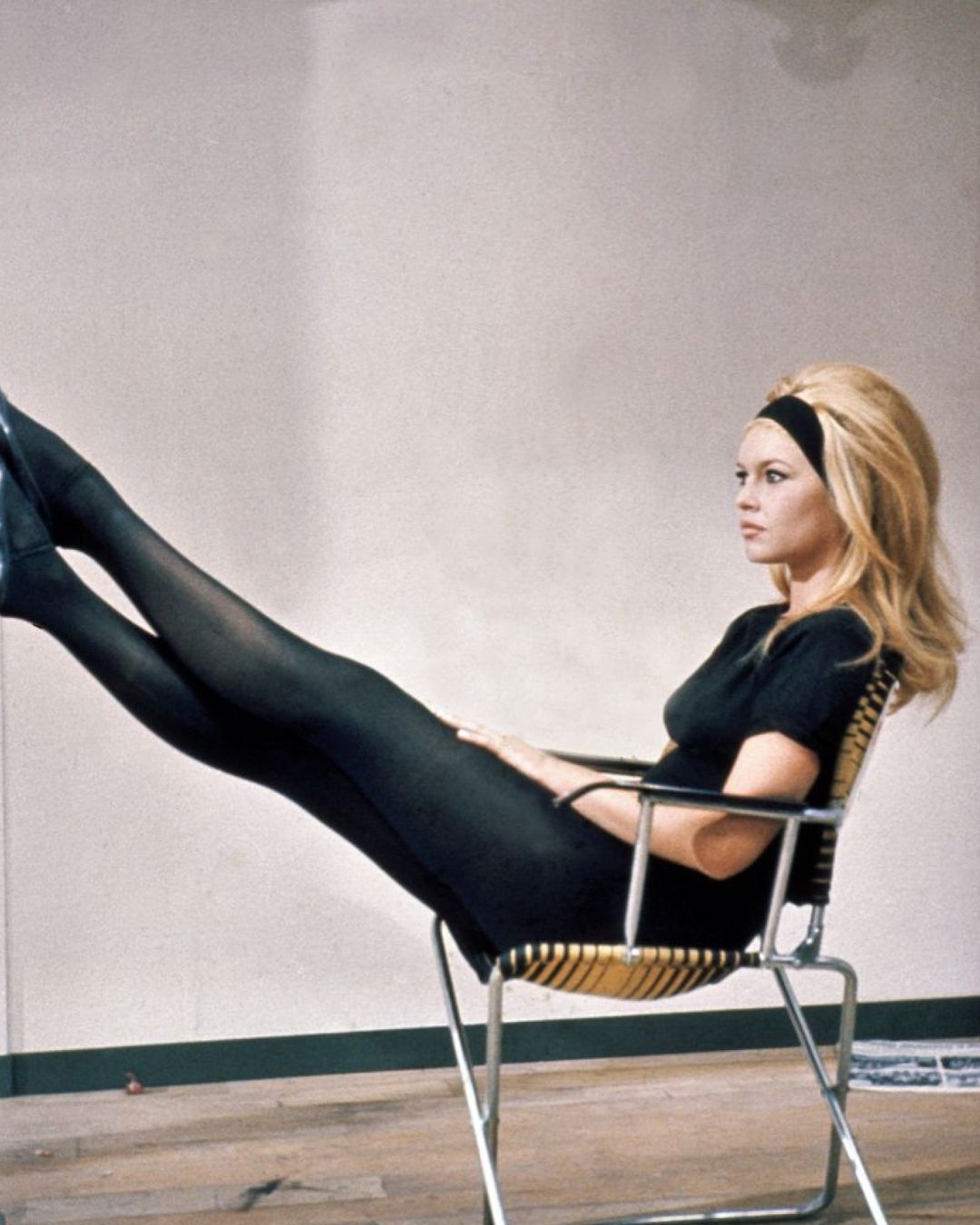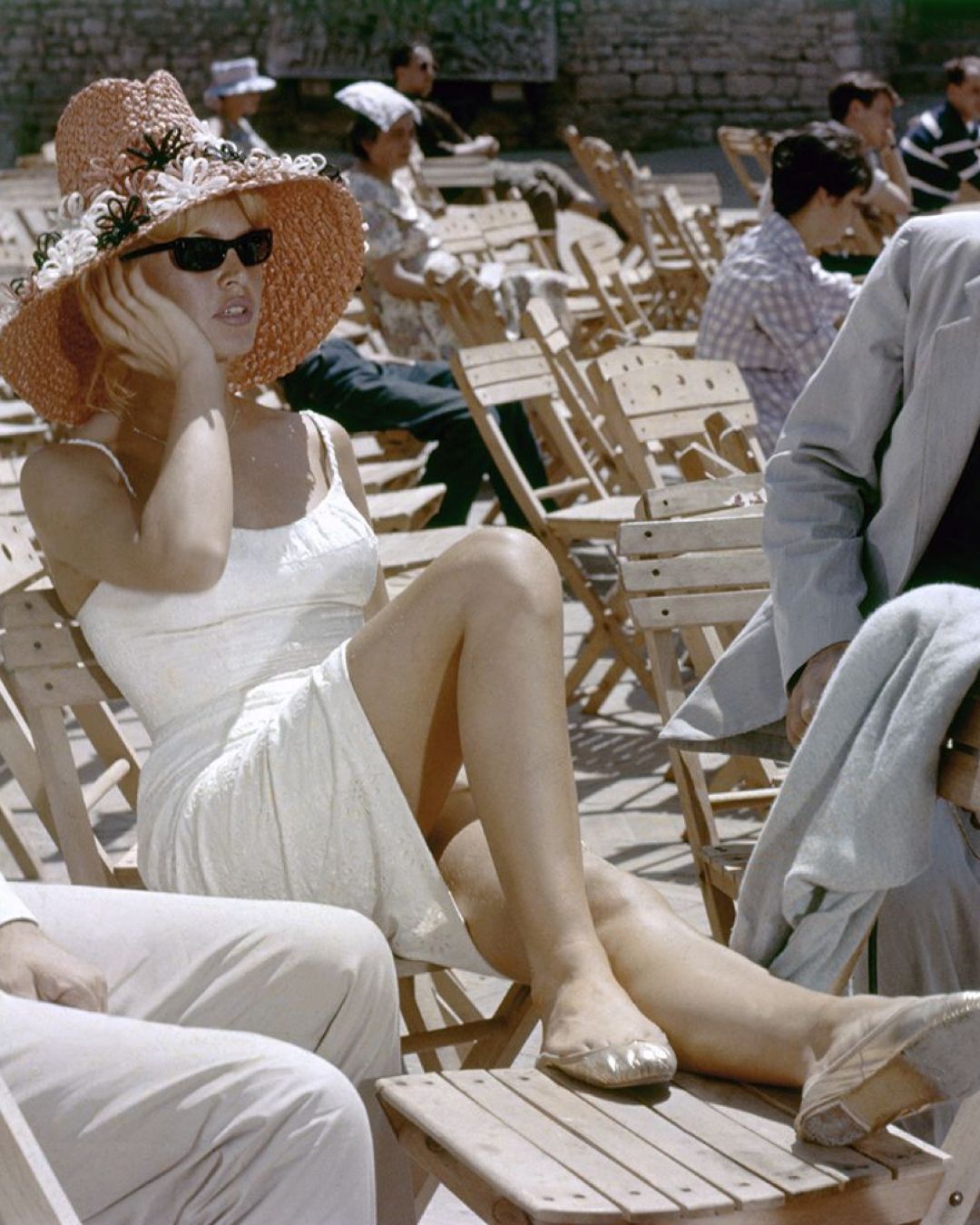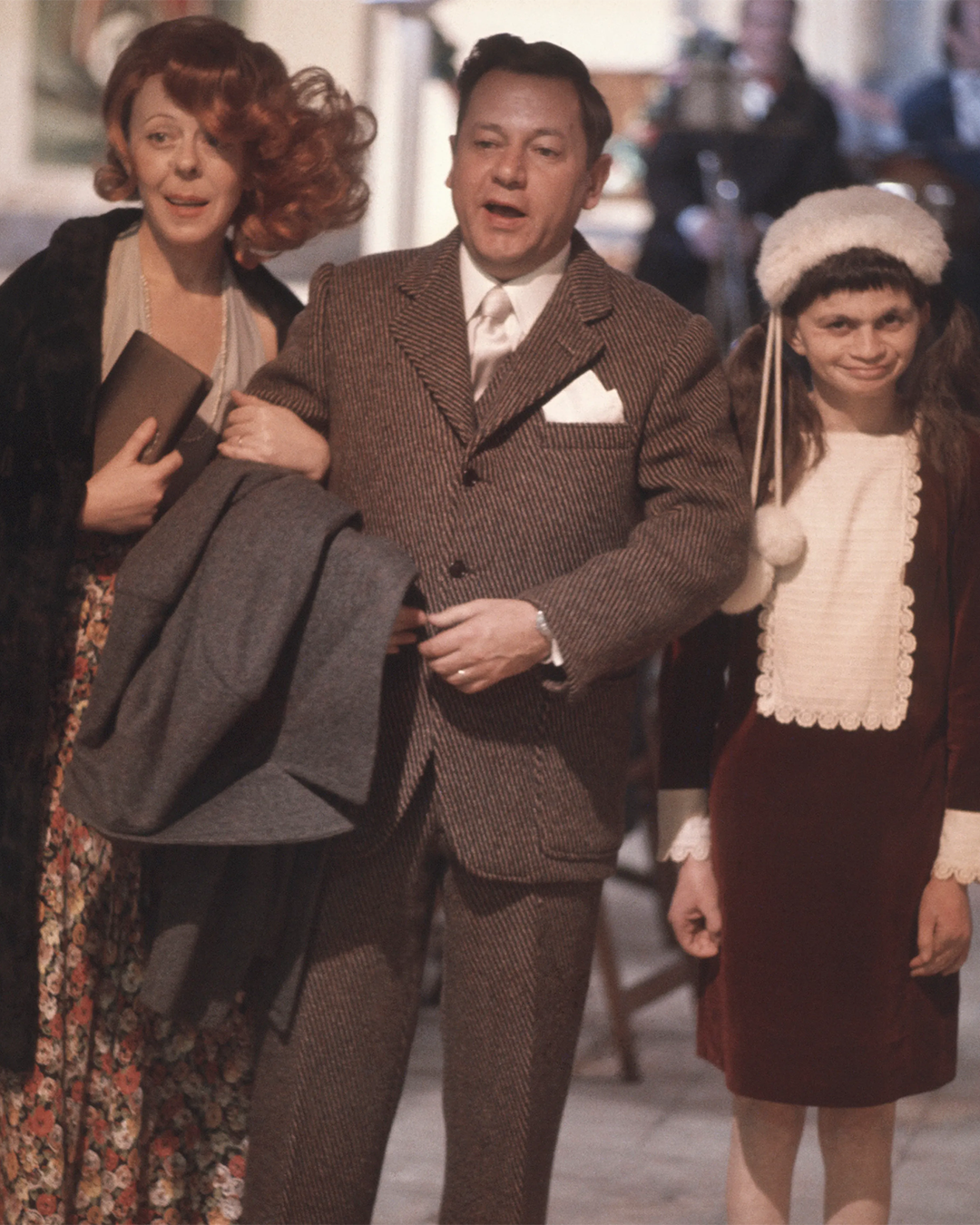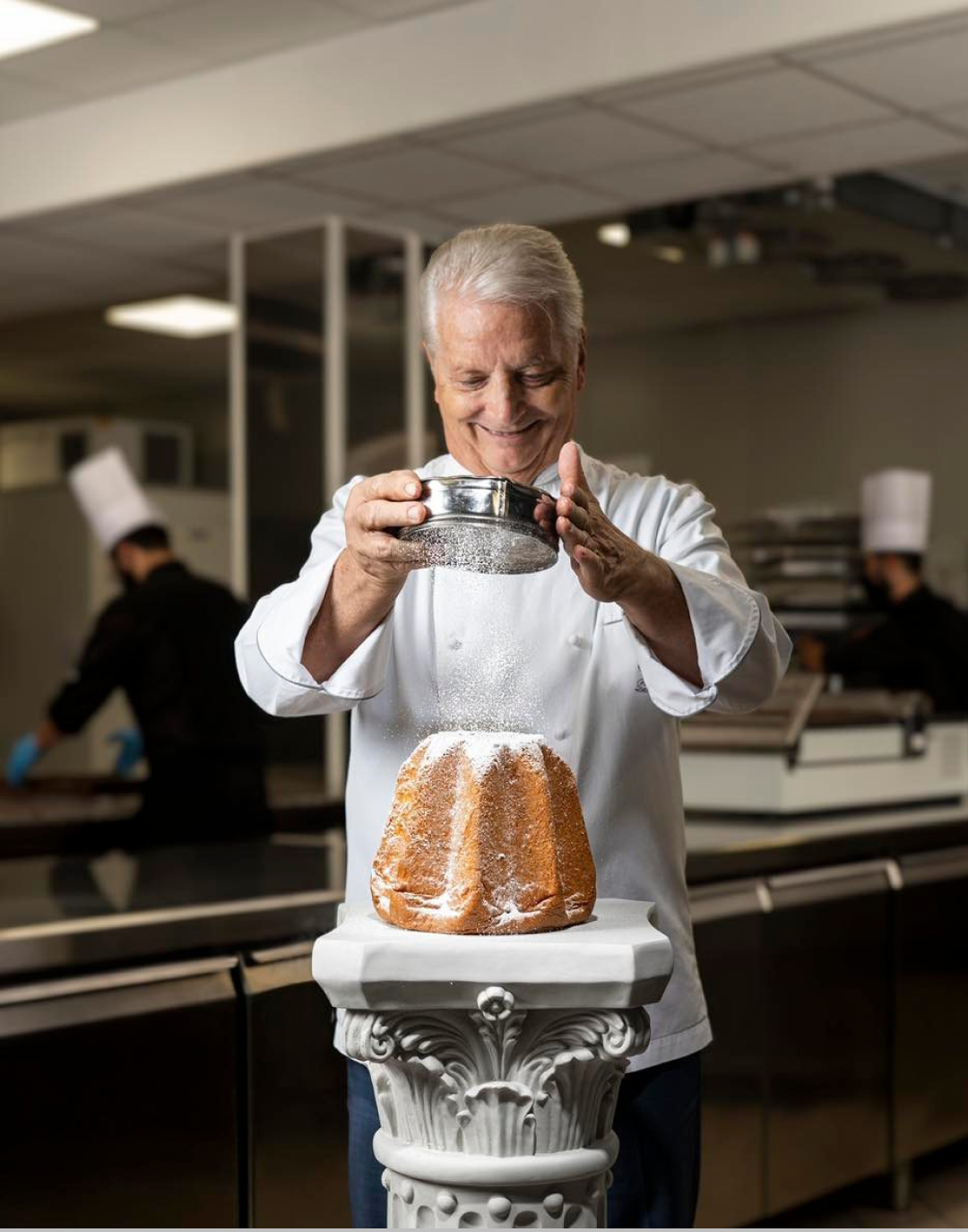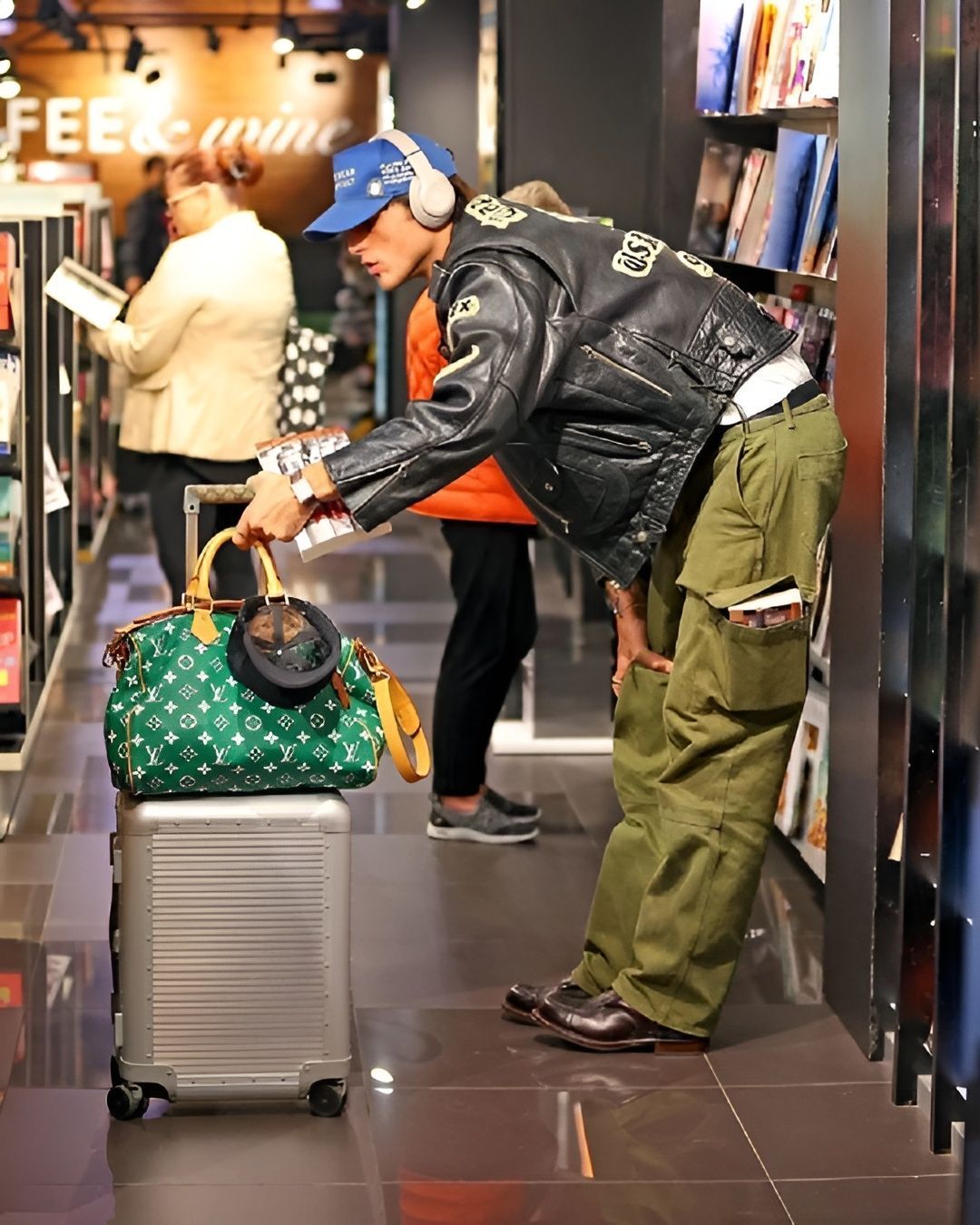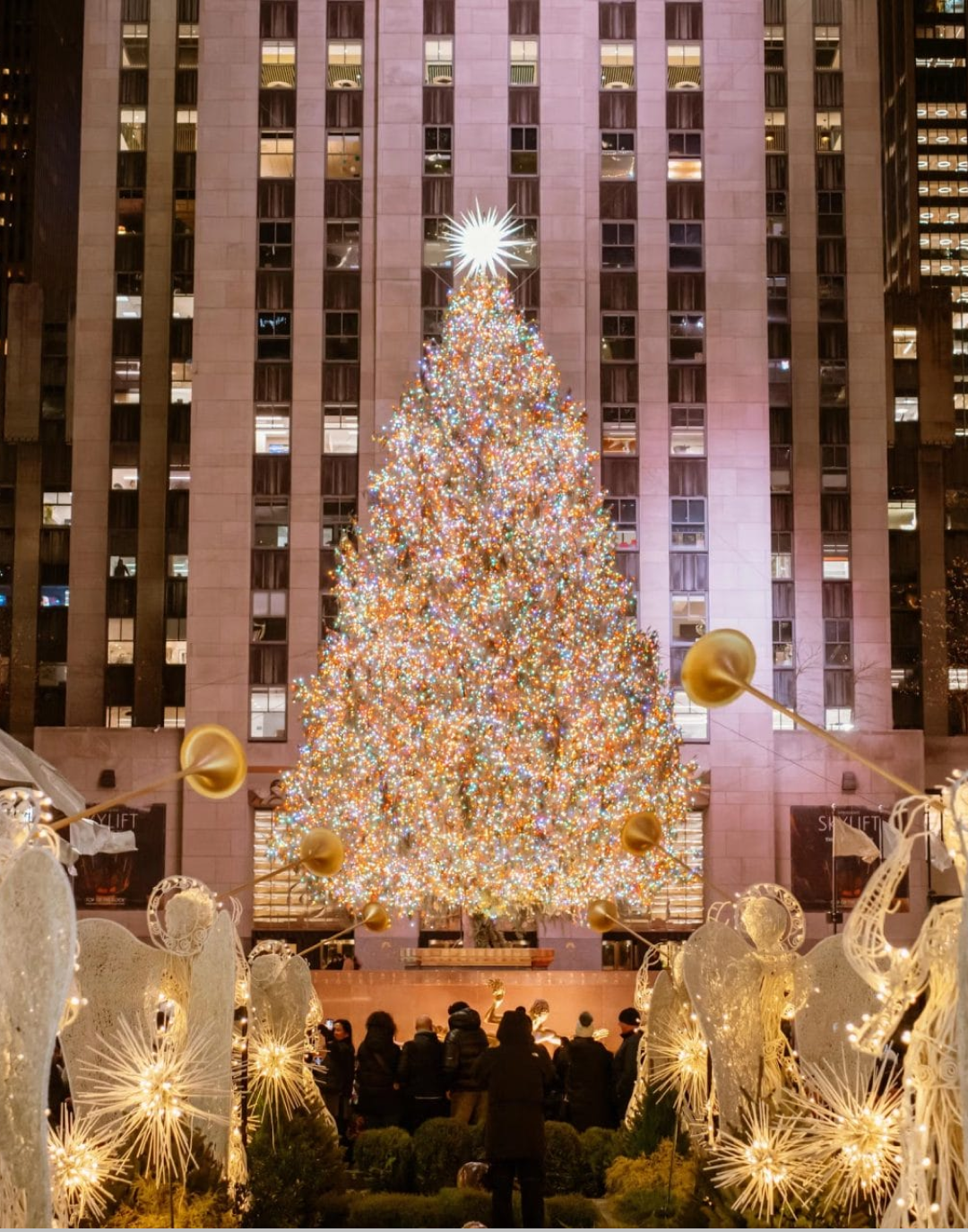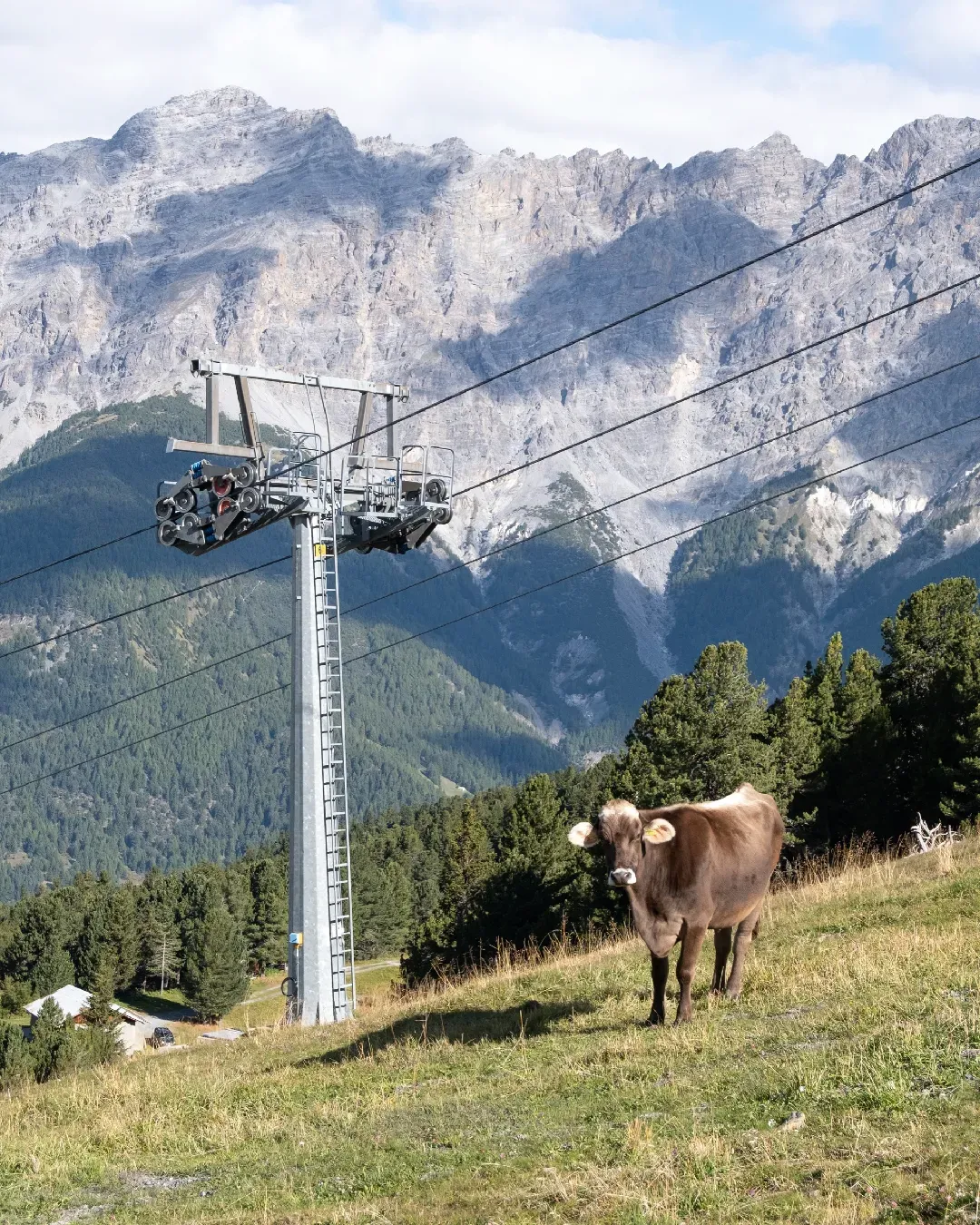
Palazzo Marino declared the Quadrilatero a restricted traffic zone No more Lamborghinis on Via Montenapoleone starting from today
What is Via Montenapoleone without the line-up of flashy sports cars parked outside the boutiques? It had already been announced in 2023, but now it seems that the Municipality of Milan is truly determined to remove one of the most recognizable — and photographed — components of the shopping experience in the Quadrilatero della Moda, initiating a transformation destined to radically change the area's traffic system and, consequently, its very image. According to a report by MF Fashion, starting today, May 13, the new regulation officially comes into force, turning all the streets of Milan's luxury district into a permanent limited traffic zone (ZTL), with some temporary exemptions mainly reserved for commercial vehicles. After a long process of consultations, protests, and amendments, the measure — announced months ago but repeatedly postponed to allow for further discussions with residents, merchants, and stakeholders — is now active 24 hours a day and covers the main luxury arteries of the city: from Via Manzoni to Via Senato, through Via San Damiano, Corso Monforte, Via Cino del Duca, and the pedestrian area of Corso Vittorio Emanuele. The project is part of a broader plan to pedestrianize the historic center, aiming to redesign the area between Castello Sforzesco and Corso Venezia by 2027, with the declared goal of reducing private traffic, lowering emissions, and improving urban quality.
An objective certainly understandable from an environmental and social standpoint, but one that risks clashing with one of the founding logics of the Milanese high-end shopping experience: that combination of spectacle, exclusivity, and immediacy that transforms a purchase into a public performance. Removing the supercars from the Quadrilatero, in fact, means taking away part of that visual "wonderland" that, for many tourists and international clients, represented the first emotional impact with Italian luxury. The new regulation allows access only to residents, authorized vehicles, electric or low-emission vehicles, introducing specific time slots for logistics activities and providing for automatic fines in case of violation. Essentially, unless boutique clients live in the affected streets, starting today, it will no longer be possible to witness the usual parade of Porsches, Lamborghinis, and Ferraris cruising through the heart of Milanese fashion. An image destined to disappear, with not only aesthetic but also potentially economic repercussions.
l’organizzazione dei mezzi a milano è indecente, metro che chiude alle una, tram e bus che passano ogni mezz’ora, taxi introvabili… ho avuto fortuna ma essendo una ragazza da sola ho avuto paura per questa situazione, non è normale
— Mavi (@mavipilli) July 14, 2024
The motivations behind the measure are understandable and align with the sustainable transformations underway in major European capitals. However, it is natural to wonder whether these are truly the most urgent priorities for Milan at this historical moment. Amid a chronic public transport crisis, felt across every district of the city, growing discontent over the management of public spaces — divided between longtime citizens and new high-spending residents — and an accelerated process of gentrification in South Milan, the decision to intervene specifically in the Quadrilatero raises more than a few questions. The concern is that, under these new conditions, many UHNW clients (Ultra High Net Worth Individuals) — accustomed to traveling by private car or chauffeur-driven services — may be discouraged from experiencing shopping in Milan. And considering that these clients represent the most strategic segment for the Maisons in the Quadrilatero, this is far from a secondary issue. Although Milan has established itself over the past year as one of the new epicenters of global ultra-luxury, it seems that the administration is struggling to reconcile the Milan that was with the Milan that is yet to come.


